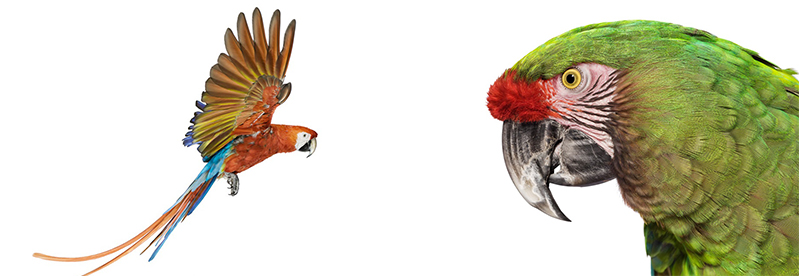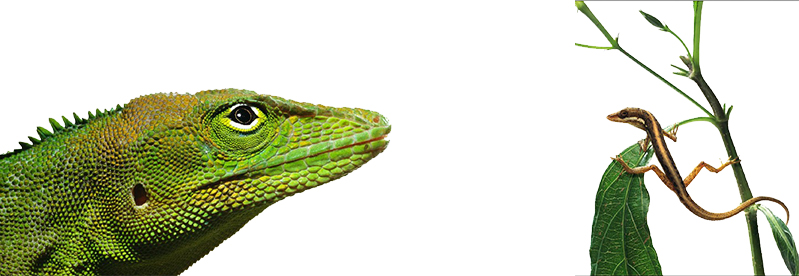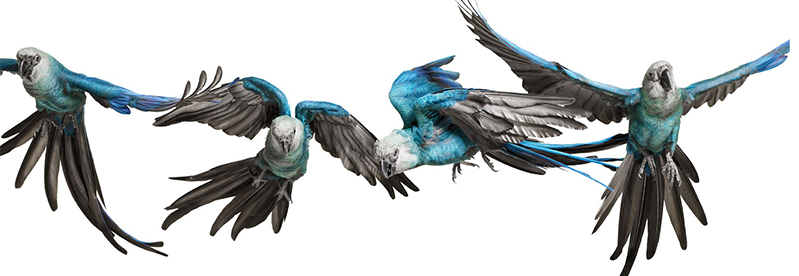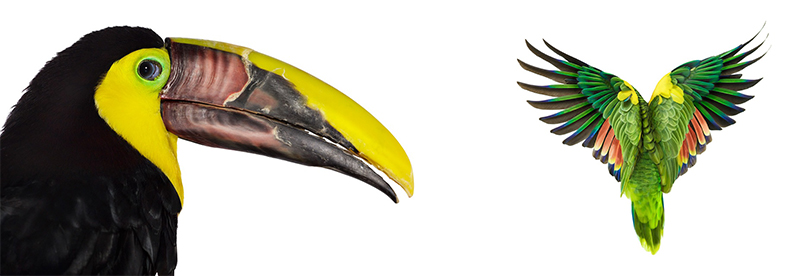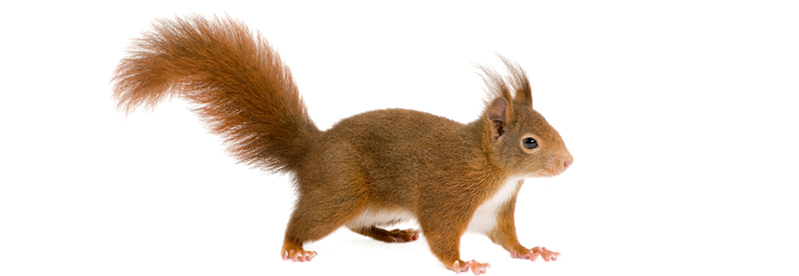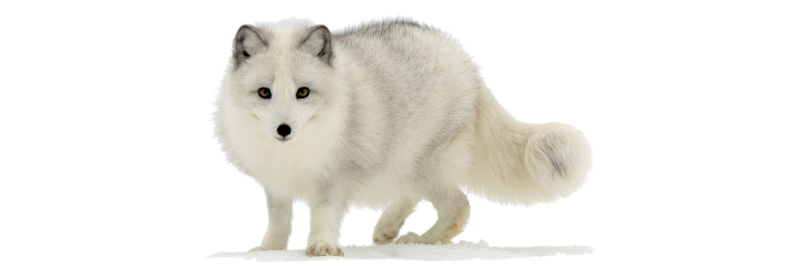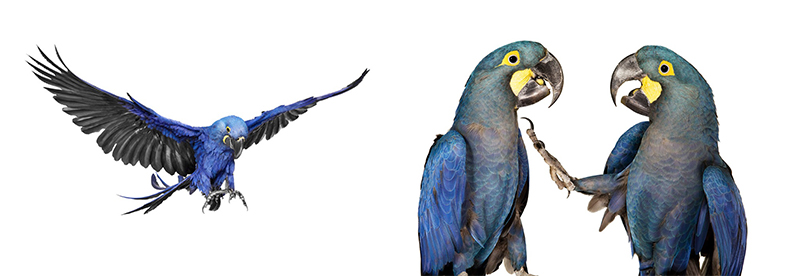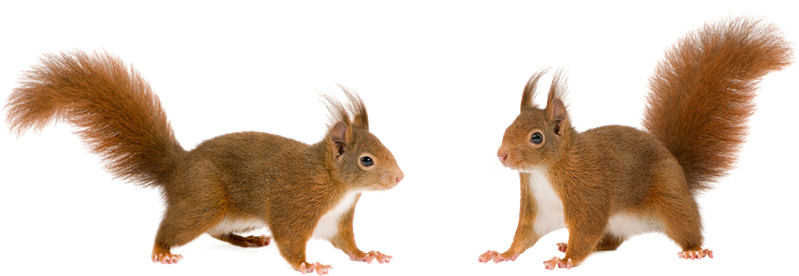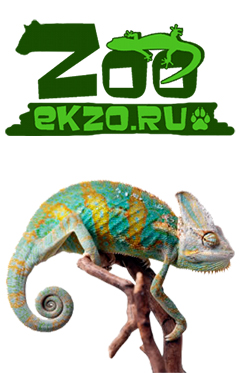...
Полный текст
Rodents
Rodents(Rodentia)are mammals of the order Rodentia, which are characterized by a single pair of continuously growing incisors in each of the upper and lower jaws. About 40% of all mammal species are rodents; they are found in vast numbers on all continents except Antarctica. They are the most diversified mammalian order and live in a variety of terrestrial habitats, including human-made environments.
Hydrochaeris hydrochaeris
Adult capybaras grow to 106 to 134 cm (3.48 to 4.40 ft) in length, stand 50 to 62 cm (20 to 24 in) tall at the withers, and typically weigh 35 to 66 kg (77 to 146 lb).
Capybaras live about 6 years on average in the wild and up to 12 years in captivity.
Myocastor coypus
The length of the head and body is 521 mm (472-575), and the length of tail is 375 mm (340-405).
The potential longevity of Myocastor coypus is 6 years.
Graphiurus ocularis
Total length 25 cm; weight 80 g.
Lifespan of these animals – 4-6 years.
Glis glis
The Edible dormouse is the largest of all dormice, being around 14 to 19 cm (5.5 to 7.5 in) in head-body length, plus an 11- to 13-cm-long tail. It normally weighs from 120 to 150 g (4.2 to 5.3 oz), but may almost double in weight immediately prior to hibernation.
Wild Fat dormice have been known to live up to 12 years but on average live approximately 9 years.
Dryomys nitedula
On average, the Forest dormouse is 110 mm long with a fluffy grey tail nearly as long as its body. The head and body length can range from 80 mm to 130 mm, while the length of the tail can range from 60 mm to 113 mm. The range of its body mass is between 18 grams and 34 grams.
Dryomys nitedula can be expected to live up to 5.5 years in the wild.
Dasyprocta aguti
Body length from 40 to 64 cm.
They can live for as long as 20 years.
Coendou prehensilis
This porcupine can grow to forty inches long (1 m), but half of that is tail. It weighs about nine pounds (4.1 kg). No spines are found on the tail, which is long (330–485 mm).
Brazilian porcupines have been known to live up to 27 years in captivity.
Cuniculus paca
An adult Lowland paca weighs between 6 and 12 kilograms (13 and 26 lb).Average adult length ranges from between 65 to 82 cm in males and 60 to 70 cm in females.
A paca usually lives up to 13 years.
Callosciurus caniceps
Weight – 280 grams, head-body length – 22 cm.
The average life expectancy is 15 years.
© 2006-2025
 Russian
Russian
 English
English

